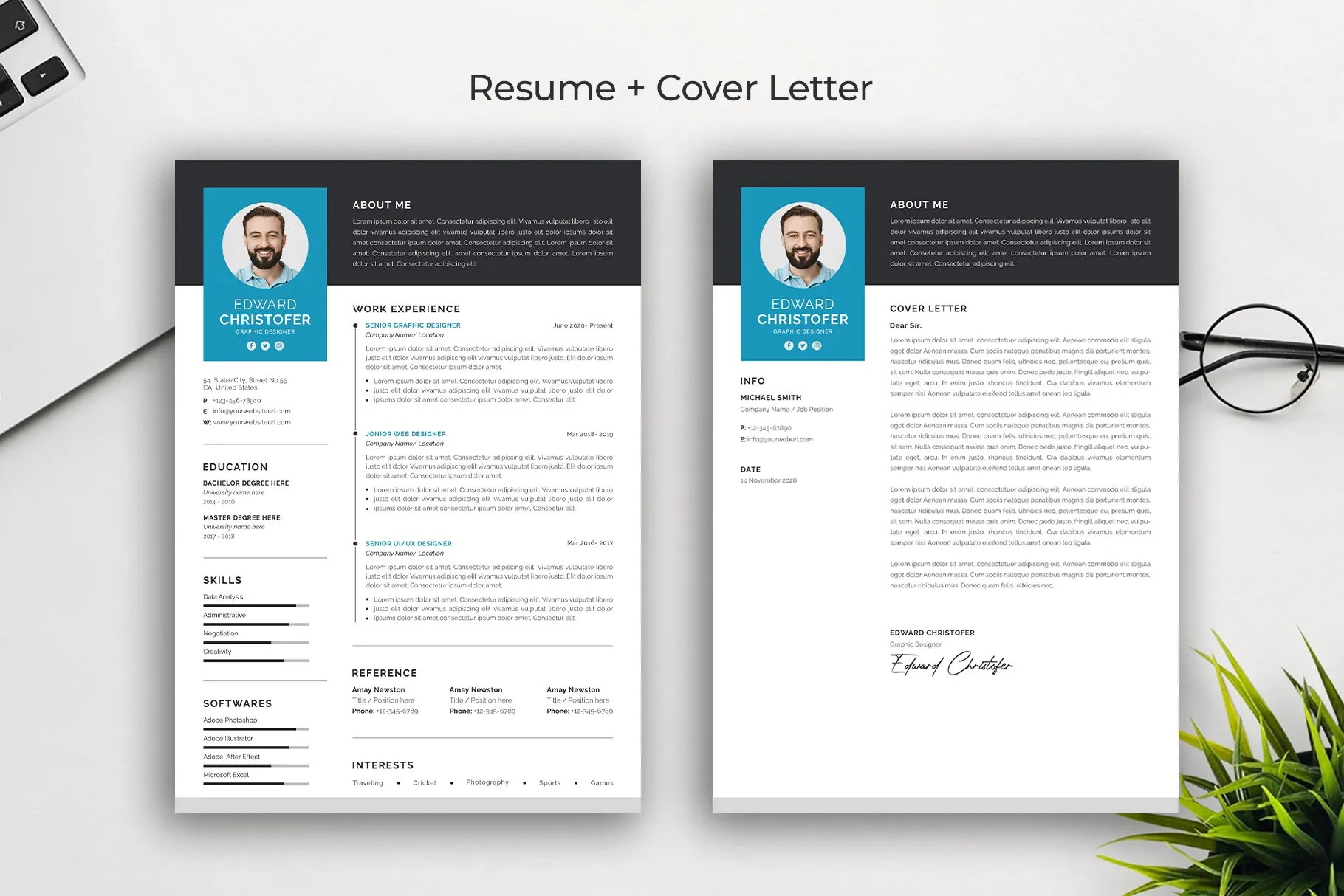What is a Resume Cover Letter
A resume cover letter is a crucial document that accompanies your resume when applying for jobs. It serves as an introduction, providing context and highlighting your relevant skills and experiences. Unlike your resume, which is a factual summary, the cover letter allows you to express your personality, enthusiasm, and explain why you’re a good fit for the specific role and company. It’s your opportunity to make a strong first impression and persuade the hiring manager to read your resume more closely. A well-crafted cover letter can significantly increase your chances of landing an interview, making it an indispensable part of your job application strategy. Furthermore, it demonstrates your communication skills and attention to detail, both of which are highly valued by employers across various industries.
Why You Need a Cover Letter
In today’s competitive job market, a cover letter is not just a formality; it’s a necessity. Many hiring managers expect a cover letter, and failing to provide one can signal a lack of interest or a failure to follow instructions. A cover letter allows you to personalize your application, tailoring it to the specific job and company. It gives you space to articulate your motivations for applying and to explain how your skills align with the job requirements. This is particularly important when your experience or background isn’t a perfect match for the job description. A well-written cover letter can bridge any gaps and showcase your potential. It also helps you stand out from other applicants, demonstrating your communication skills, attention to detail, and genuine interest in the position.
Elements of a Simple Cover Letter
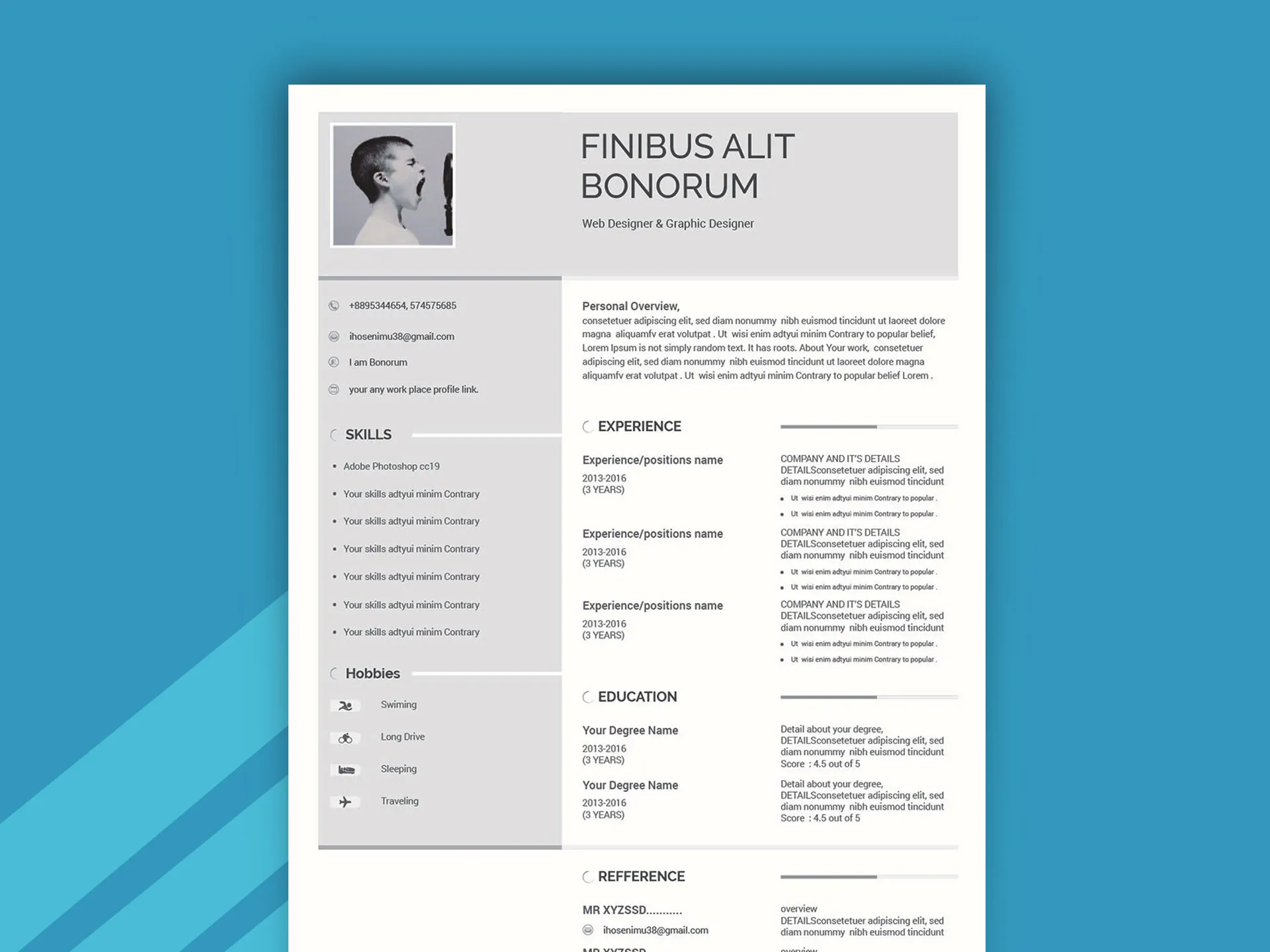
A simple, effective cover letter typically includes several key elements that work together to make a compelling case for your candidacy. These elements ensure you present yourself professionally and efficiently, conveying your suitability for the role. Each component plays a vital role in communicating your value and persuading the employer to consider your application seriously. A well-structured cover letter will effectively showcase your qualifications and increase your chances of securing an interview. The components are listed below.
Contact Information
Begin your cover letter with your contact information. This typically includes your full name, phone number, email address, and optionally, your LinkedIn profile URL. This ensures that the hiring manager can easily contact you if they want to schedule an interview or request further information. Make sure the information is accurate and up to date. Place this at the top of your letter, either on the left or right side of the page, to create a professional and organized appearance. This ensures they have the information readily accessible.
Greeting
The greeting should be professional. ‘Dear Mr./Ms./Mx. [Last Name]’ is a standard choice if you know the hiring manager’s name. If you are unsure, ‘Dear Hiring Manager’ or ‘Dear [Department Name] Team’ are acceptable alternatives. Avoid generic greetings like ‘To Whom It May Concern’ as they can seem impersonal. Researching the name of the hiring manager shows you’ve taken the initiative to personalize your application. Make sure the greeting is aligned with the job posting and company culture, setting a tone of respect and professionalism from the outset.
Body Paragraph 1 Introduce Yourself
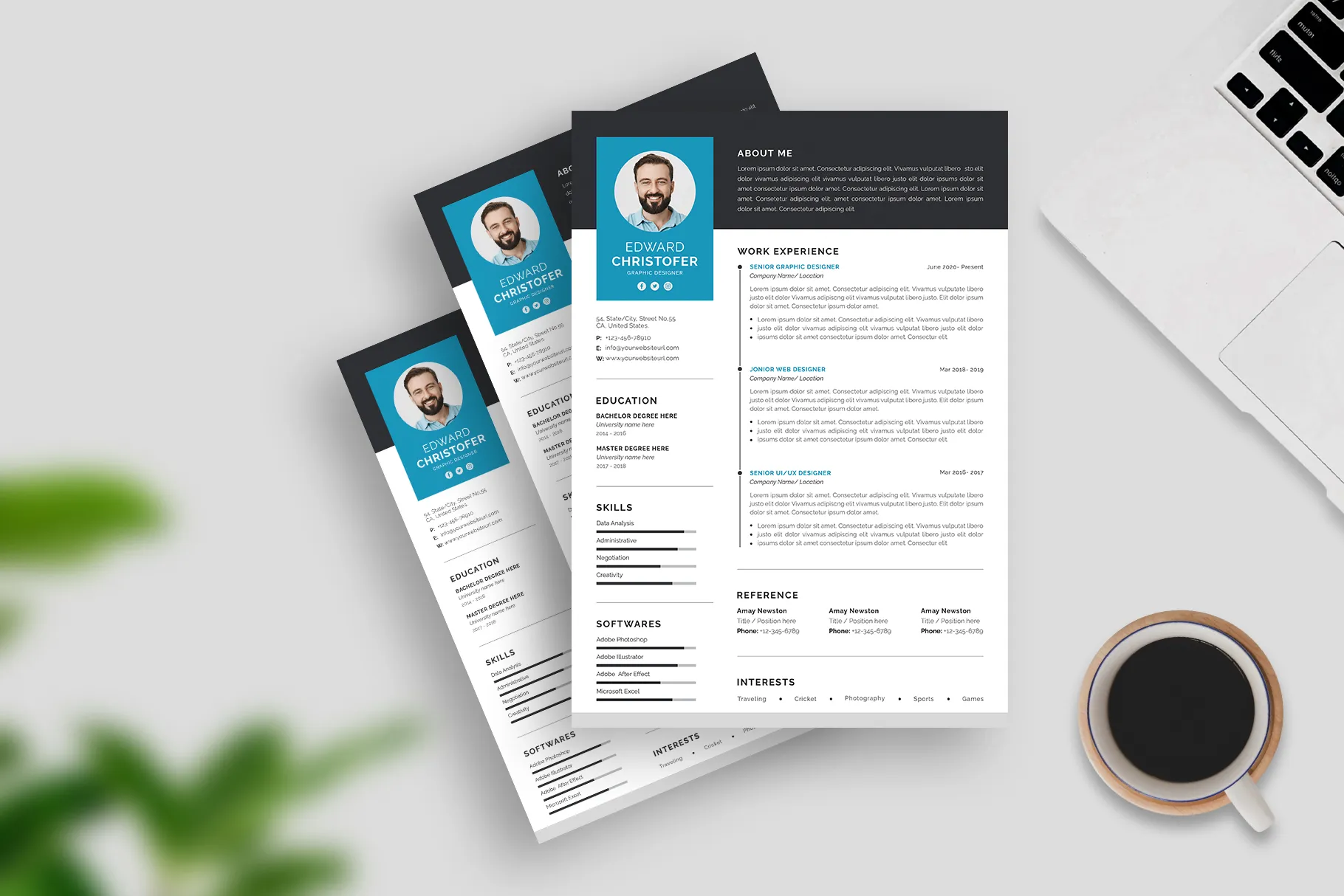
In the first body paragraph, state the position you are applying for and how you found the job posting. Briefly mention your key qualifications and the value you can bring to the company. Your goal here is to capture the reader’s attention and create a strong first impression. Provide a brief overview of your background and what makes you a strong candidate. Keep it concise and to the point, focusing on why you are interested in the specific role and what you hope to achieve if hired. Demonstrating your enthusiasm and summarizing your core skills will immediately engage the reader.
Body Paragraph 2 Highlight Key Skills
The second paragraph should focus on showcasing your relevant skills and experiences. Select 2-3 key skills or accomplishments that align with the job requirements mentioned in the job posting. Provide specific examples that illustrate how you have used these skills in the past and the positive outcomes you achieved. Use the STAR method (Situation, Task, Action, Result) to structure your examples, providing a clear and concise narrative of your abilities. Quantify your achievements whenever possible, such as by mentioning the percentage of increased efficiency or the number of projects managed. Tailoring this paragraph to each job application shows you understand the employer’s needs and that you have the specific skills they are looking for.
Body Paragraph 3 Express Enthusiasm
The final body paragraph should express your enthusiasm for the position and the company. Explain why you are interested in this specific role and what attracts you to the organization. Mention any research you have done on the company, and how their values or mission resonate with you. Summarize your key qualifications and reiterate your interest in the position. End with a statement that indicates your eagerness to learn more and discuss how you can contribute to the company’s success. Expressing genuine enthusiasm can distinguish you from other candidates and help you build a connection with the hiring manager.
Closing and Call to Action
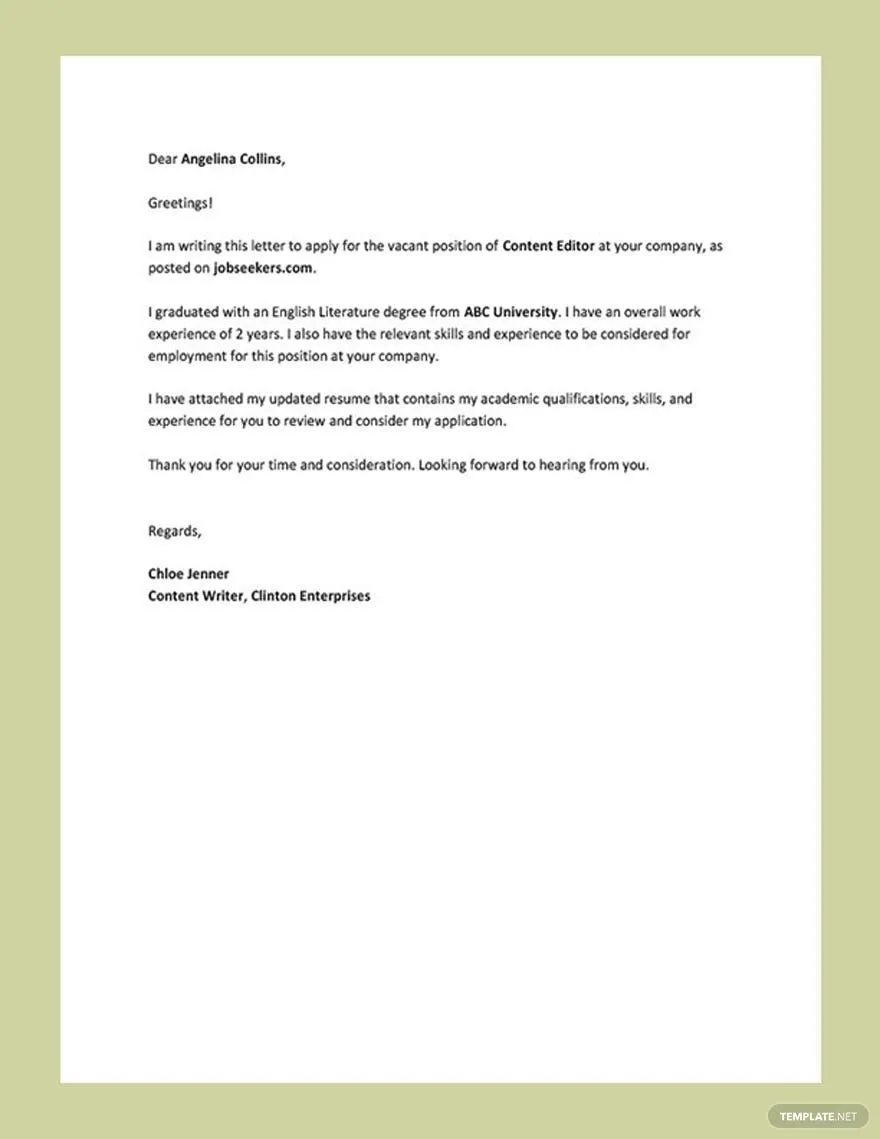
Conclude your cover letter with a professional closing. Use a formal closing like ‘Sincerely’ or ‘Best regards,’ followed by your full name. Include a call to action, such as ‘I look forward to the opportunity to discuss my qualifications further.’ or ‘Thank you for your time and consideration.’ This clearly indicates your eagerness to move to the next stage of the application process. Ensure your call to action is tailored to the specific job and organization. Include any additional information or documents requested in the job posting. It’s the final opportunity to reinforce your interest and leave a positive impression.
Formatting Tips for a Clean Look
The appearance of your cover letter is as important as its content. A well-formatted letter is easy to read and demonstrates professionalism. Proper formatting highlights your attention to detail and presents you as someone who takes pride in their work. Paying close attention to the following elements will improve readability and make your cover letter stand out for the right reasons. A clean and professional format makes a positive impact on the hiring manager.
Font Choice
Choose a professional and readable font. Popular choices include Times New Roman, Arial, Calibri, or Helvetica. Keep the font size between 10 and 12 points for easy reading. Avoid using overly decorative or unusual fonts, as they can distract the reader and make your letter seem unprofessional. Ensure consistency throughout the document. Stick to one font style to give your cover letter a cohesive look. The font selection sets the tone of your letter and contributes to the overall impression.
Margins and Spacing
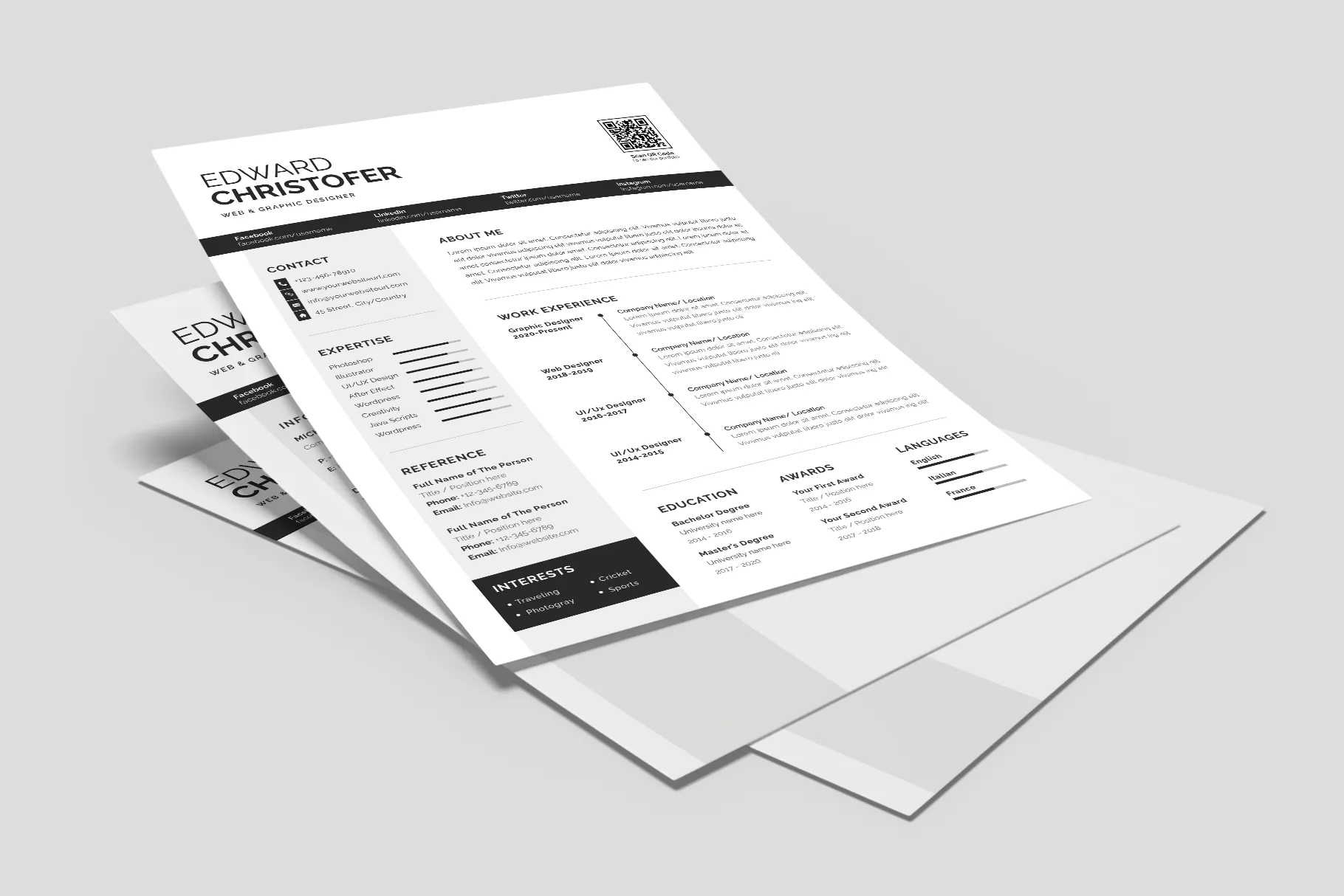
Use standard margins (1 inch on all sides) to create a balanced and visually appealing layout. Double-space between paragraphs for better readability. Single-space within paragraphs. Ensure that your text is not too cramped or too spread out. Correct margins and spacing make your cover letter easy on the eyes and prevent the reader from feeling overwhelmed. A well-spaced document reflects organization and professionalism. Proper use of white space is essential for a clean and modern look.
Proofreading Your Cover Letter
Proofreading is a crucial step in the cover letter writing process. Errors in grammar, spelling, or punctuation can damage your credibility and detract from your message. Carefully review your letter multiple times to catch any mistakes. It is essential to ensure your application is polished and error-free. Reading the document out loud or using a spell-checker can help spot errors you might have missed. Consider having a friend or career advisor review your cover letter. A fresh pair of eyes can often catch mistakes that you overlook. A polished, error-free cover letter demonstrates your attention to detail and professionalism.
Common Mistakes to Avoid
Avoid common pitfalls to increase the effectiveness of your cover letter. These mistakes can undermine your application, so be careful in the details. These mistakes can cost you opportunities, so understanding what to avoid is crucial. By paying attention to the most common mistakes, you can make sure your cover letter makes the right impression. Ensure your cover letter reflects you in the best light. Common mistakes include:
- Using generic language and not tailoring the letter to the specific job.
- Repeating information from your resume verbatim.
- Including irrelevant information or personal details.
- Having spelling or grammatical errors.
- Making the letter too long (aim for one page).
- Failing to research the company and address the letter appropriately.
- Using overly casual or informal language.
- Focusing solely on what you want rather than what you can offer.
Using Keywords

Incorporate relevant keywords from the job description into your cover letter. Many companies use applicant tracking systems (ATS) to screen resumes and cover letters. Including the right keywords increases the likelihood of your application getting noticed. Review the job description for key skills, qualifications, and industry-specific terms. Integrate these keywords naturally throughout your letter. Focus on incorporating these keywords into your accomplishments and skill sections. This will help your application pass through the ATS and reach the hiring manager’s desk.
Examples of Simple Cover Letters
Reviewing examples can provide inspiration and guidance when writing your cover letter. Look for examples related to your industry, and tailor them to your specific circumstances. Many online resources offer cover letter templates and examples that you can adapt to your needs. These examples demonstrate effective structure, tone, and language. Adapt these models to reflect your personal experience and qualifications. Using examples allows you to see what works and how to highlight your value.
